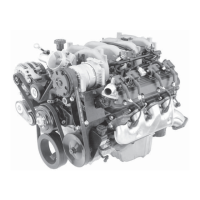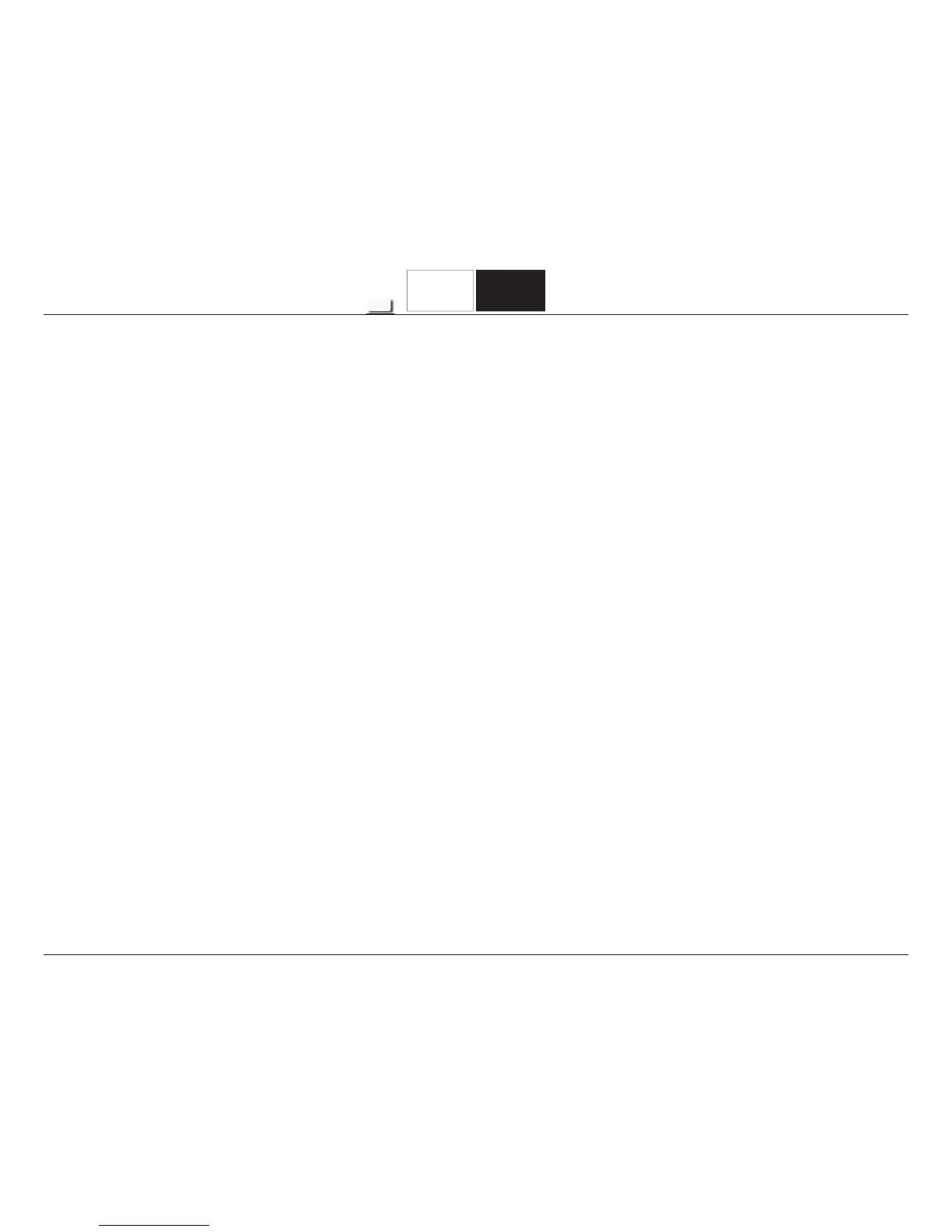WORKHORSE CUSTOM CHASSIS
Service Manual
W SeriesWCC
SECTION
6.2
PAGE
90
Engine Mechanical
W Series Chassis
TOC
© 2006 WorkhorseCustom Chassis — All Rights Reserved
Visual/Physical Inspection
• Inspect for aftermarket devices which could affect the operation of the engine. Refer to Checking Aftermarket Accessories.
• Inspect the easily accessible or visible system components for obvious damage or conditions which could cause the
symptom.
• Inspect for the correct oil level, proper oil viscosity, and correct fi lter application.
• Verify the exact operating conditions under which the condition exists. Note factors such as engine RPM, ambient
temperature, engine temperature, amount of engine warm-up time, and other specifi cs.
• Compare the engine sounds, if applicable, to a known good engine and ensure you are not trying to correct a normal
condition.
Intermittent
Test the vehicle under the same conditions that the customer reported in order to verify the system is operating
properly.
Symptom List
Refer to a symptom diagnostic procedure from the following list in order to diagnose the symptom:
• Base Engine Misfi re without Internal Engine Noises
• Base Engine Misfi re with Abnormal Internal Lower Engine Noises
• Base Engine Misfi re with Abnormal Valve Train Noise
• Base Engine Misfi re with Coolant Consumption
• Base Engine Misfi re with Excessive Oil Consumption
• Engine Noise on Start-Up, but Only Lasting a Few Seconds
• Upper Engine Noise, Regardless of Engine Speed
• Lower Engine Noise, Regardless of Engine Speed
• Engine Noise Under Load
• Engine Will Not Crank - Crankshaft Will Not Rotate
• Coolant in Combustion Chamber
• Coolant in Engine Oil

